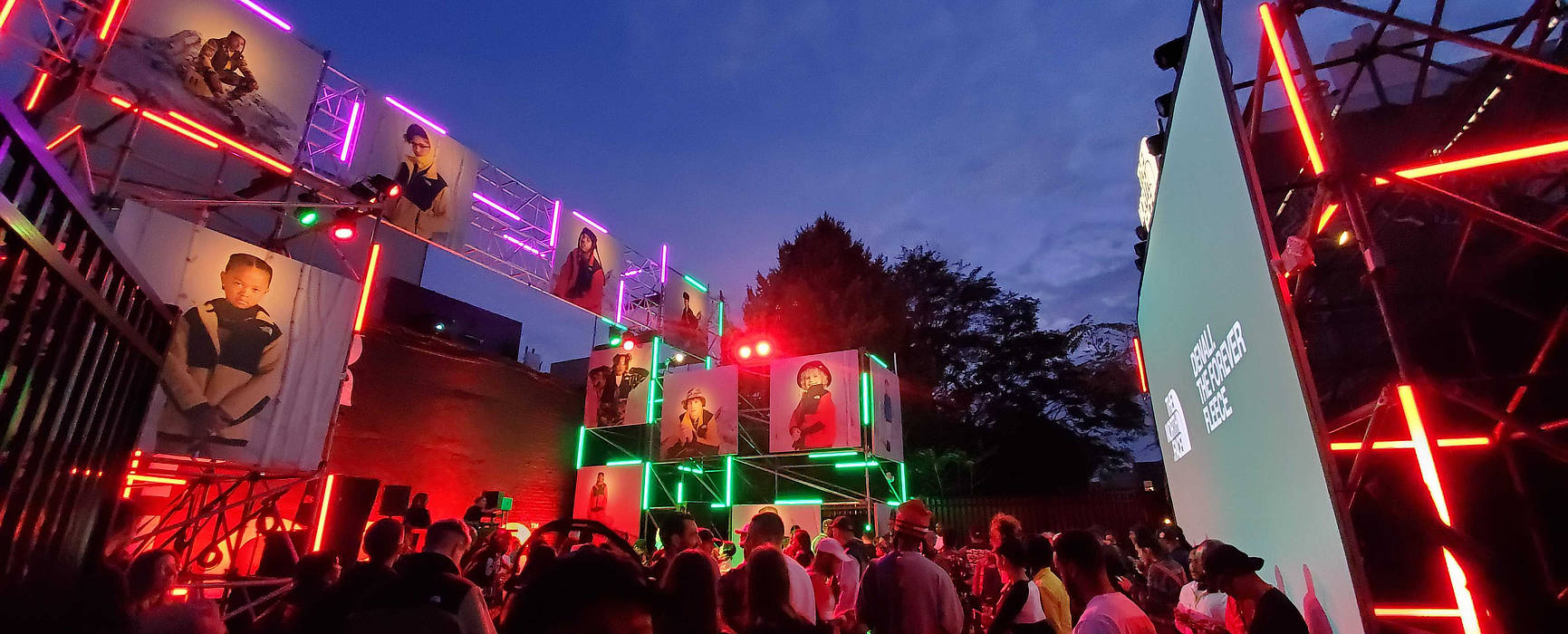Benefits of Light Emitting Diode Video Screens Over Traditional Projector Systems for Contemporary Graphic Displays
Benefits of Light Emitting Diode Video Screens Over Traditional Projector Systems for Contemporary Graphic Displays
Blog Article
Light Emitting Diode display screens have grown increasingly popular in various settings, such as educational institutions, corporations, and leisure locations. These advanced visual technologies offer numerous benefits over conventional projection systems. Recognizing these advantages can help organizations make informed decisions about their visual requirements. This piece will explore the key advantages of LED display screens, including brightness, visual quality, adaptability, upkeep, and power conservation.
One of the key significant benefits of Light Emitting Diode video screens is their luminosity. LED tech produces vibrant and radiant pictures that can be easily viewed in multiple illumination conditions. Unlike conventional projectors, which can struggle in brightly lit environments, Light Emitting Diode video screens maintain their clarity and hue accuracy even in well-lit spaces. This makes them perfect for outdoor events or places with large openings. The elevated brightness levels ensure that the material displayed is consistently visible, making it simpler for audiences to engage with the data being shown.
In furthermore to brightness, LED display screens provide superior visual clarity. They offer higher definition and better hue reproduction compared to traditional projector technologies. This means that pictures and footage displayed on an LED wall appear crisper and more defined. The pixel density of LED displays allows for close viewing without losing sharpness, which is especially important in environments like trade shows or conferences where attendees may be nearby to the display. Furthermore, Light Emitting Diode technology can produce deeper dark tones and more intense colors, enhancing the overall aesthetic experience.
Versatility is another important advantage of LED display screens. These systems can be arranged in various sizes and forms to fit varied spaces and aesthetic requirements. Unlike conventional projectors, which require a specific distance from the display to operate correctly, LED video screens can be set up in a variety of environments. They can be curved, tiled, or even used in creative arrangements to create unique visual exhibits. This flexibility allows organizations to tailor their visual presentations to suit their particular requirements, making Light Emitting Diode video walls a flexible option for any setting.
Upkeep is also a crucial factor when contrasting LED display screens to traditional projection systems. LED screens generally require fewer maintenance over time. Conventional projection systems often need bulb replacements and routine maintenance to maintain optimal performance. In contrast, LED tech has a greater duration and does not require frequent changes. This lowers inactivity and upkeep expenses, making Light Emitting Diode video screens a more economical option in the long run. Organizations can focus on their displays rather than concerned about the maintenance of their display systems.
Lastly, power conservation is an essential factor for many organizations. LED video walls consume less power compared to traditional projector technologies, which can lead to substantial savings on energy costs. This is particularly advantageous for companies and locations that use screens for long periods. Additionally, the lower energy consumption of Light Emitting Diode tech contributes to a lowered ecological footprint, making it a more eco-friendly option. By click this link now selecting Light Emitting Diode display screens, organizations can enjoy high-quality visual displays while also being mindful of their energy use and environmental footprint.
In conclusion, Light Emitting Diode video walls offer numerous benefits over traditional projector technologies. Their brightness, visual quality, flexibility, low upkeep requirements, and power conservation make them an superior choice for modern visual displays. As technology continues to advance, Light Emitting Diode display screens are likely to grow even more common in multiple settings, providing organizations with the tools they need to effectively convey and engage with their audiences.